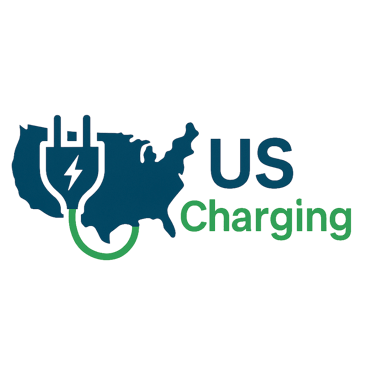Maximizing ROI - A Complete Guide to Commercial EV Charging Investments
Maximizing ROI - A Complete Guide to Commercial EV Charging Investments
6/26/2025


Commercial EV charging investments can generate returns through multiple channels, each requiring distinct optimization strategies for maximum financial performance. Direct charging revenue represents the most straightforward income source, structured through pay-per-use, subscription-based, or time-based pricing models requiring understanding of local market rates and competitive positioning.
Revenue Streams and Cost Analysis
Retail and hospitality businesses often discover that EV charging stations attract environmentally conscious customers while increasing visit duration, with some retailers reporting 2-3x higher average transaction values from EV-charging customers. Workplace installations deliver ROI through reduced recruitment costs and improved employee retention, particularly valuable for attracting environmentally conscious professionals.
Level 2 charging stations typically cost $3,000-$7,500 per port, while DC fast charging stations range from $20,000-$50,000 per port, with electrical infrastructure upgrades adding $5,000-$25,000 depending on existing capacity. Federal tax credits providing 30% coverage for commercial EV charging installations can significantly improve project economics.
Strategic Site Selection and Technology Optimization
Location selection fundamentally determines charging station success, with high-performing sites providing natural dwell times matching charging requirements. Level 2 charging works optimally for 2-8 hour parking scenarios like workplaces and hotels, while DC fast charging suits 20-60 minute stops at retail locations and highway corridors.
Smart charging technology implementation provides multiple ROI benefits, including demand charge management saving $500-$2,000 monthly for larger installations and time-of-use optimization reducing electricity costs by 30-50% compared to unmanaged charging. Revenue optimization through dynamic pricing based on demand, grid conditions, and competitive factors can maximize revenue per charging session.
Performance Monitoring and Future-Proofing
Successful financial models account for realistic utilization patterns, typically 10-25% in year one, growing to 40-70% for well-positioned installations by years 4-7. Organizations should plan charging infrastructure investments with 7-10 year outlooks, considering full technology adoption timelines and electrical capacity for future upgrades.
Vehicle-to-Grid readiness preparation includes selecting charging equipment with V2G upgrade potential and planning electrical infrastructure for bidirectional power flow. Energy storage integration can reduce demand charges through peak shaving while providing backup power during grid outages.
This comprehensive ROI guide establishes US Charging’s financial expertise while providing practical frameworks for investment decision-making.
Tailored US Business consulting for reliable EV charging solutions | US Charging Consulting LLC
Newsletter
© 2025. US Charging Consulting, LLC. All rights reserved. T&C/Privacy Policy/Legal
